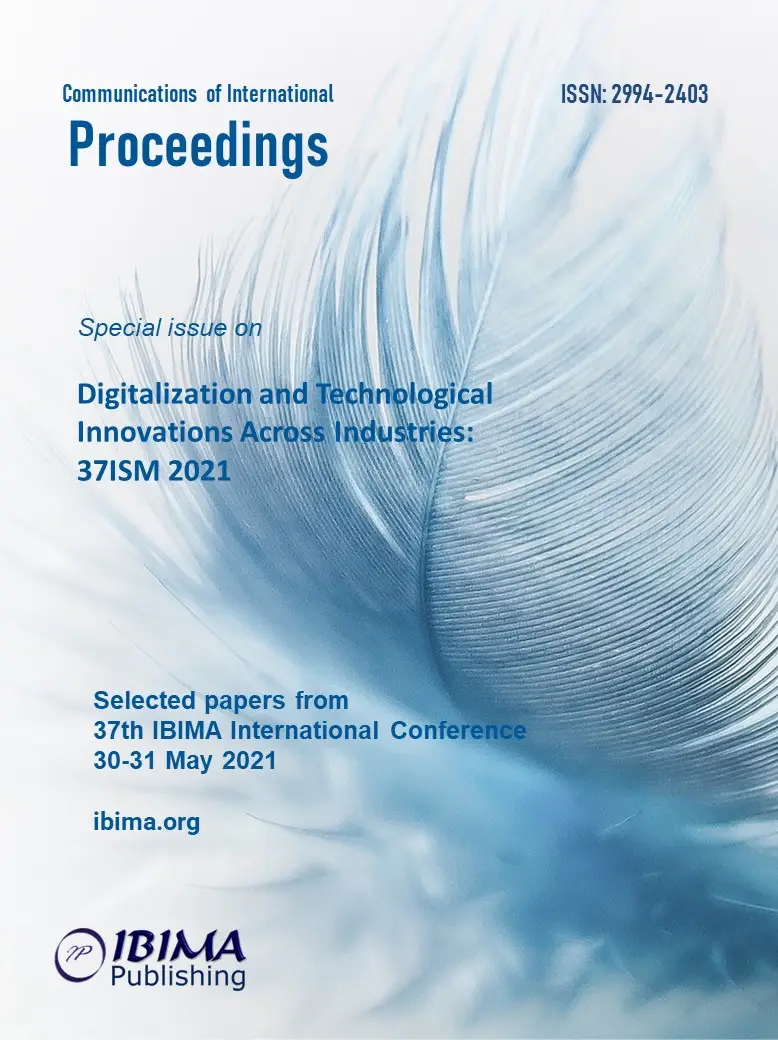
Jan LANSKY and Stanislava MILDEOVA
University of Finance and Administration, Czech Republic

The technology of cryptocurrencies represents a breakthrough technology in the development of digitization. Cryptocurrencies are a type of digital currency based on cryptographic principles for confirming transactions. Transactions are arranged into blocks that are subsequently entered into a ledger, typically using the blockchain data structure. Each user of the network retains the same copy of this ledger. In order for all nodes of the network to agree on the same format for the ledger; various approaches are used to confirm the validity of the blocks. Various cryptocurrencies use various types of proofs. The authors demonstrate that there are two types of proofs, proof of work and proof of stake, and that the other types of proofs are derived from these basic proofs. The aim of this review article is to analyse the proof of work, that is the oldest type of algorithm for the creation of blocks. In systems using proof of work the term “block mining” is used, as an analogy to the physical mining of gold. In proof of work the solution is sought to a difficult mathematical problem belonging to the category of NP-complete problems. The first cryptocurrency to use the proof of work was bitcoin. In addition to the most successful bitcoin, the authors of the article analyse other cryptocurrencies in the chronological order that emerged from the proof of work. The article should contribute to the cryptocurrency theory technology, and also should provide benefits to the evolution of information technology and technological innovations.